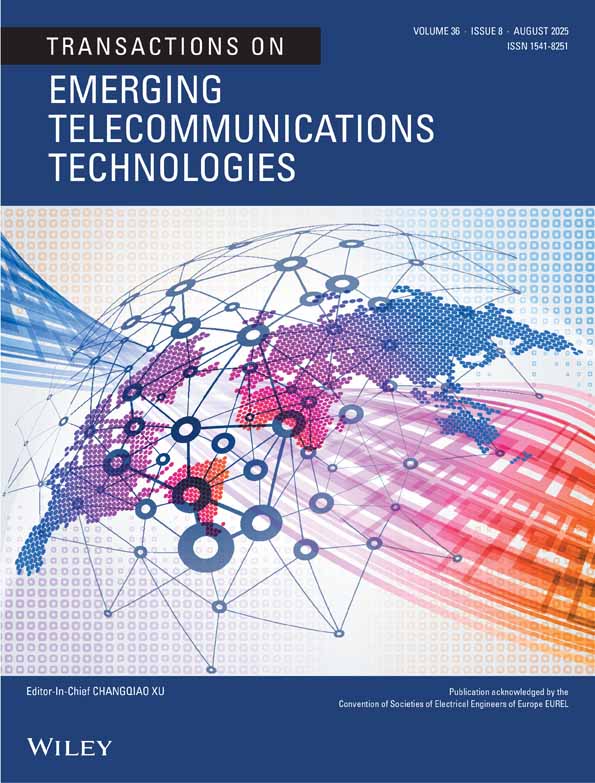Joint direction of arrival and delay channel characteristics estimation using circular array antenna for optimal frequency-space diversity in MC/CDMA receivers
Abstract
This paper derives the Maximum Likelihood (ML) algorithm for jointly estimating Direction Of Arrival (DOA) and delay path characteristics of multipath propagation by using array antennas whose elements are placed on a circular circumference. The algorithm is especially made of in a quasi-synchronous Multi-Carrier (MC) / Code Division Multiple Access (CDMA) systems in order to achieve the optimal diversity effect. The estimated channel characteristics may be used in Multiple Access Interference (MAI) cancellation or suppression, which remains as the subject of future study. Assuming in the acquisition period, e. g. the preamble period of packet transmission, mutually orthogonal codes are assigned to the set of multiple carrier channels of the CDMA users and the assignments are cyclically shifted from one symbol period to another. Each of the received carrier channel signals at each of the antenna elements is correlated on the time axis with the orthogonal code assigned to each user and in this way the data characterizing the radio wave propagation from each of the users can be separately supplied to the algorithm to follow. The algorithm performs a 2-dimensional Discrete Fourier Transform (DFT) on the signal sequence thus supplied from the antenna elements and the carrier channels, giving a sufficient statistic by which the DOA and delay path characteristics can be estimated for each of the multiple paths from each of the users. Use of the estimation is demonstrated to obtain the optimal weights for frequency-space diversity and significant improvement in Bit Error Rate (BER) performance was observed over the conventional way of obtaining the weights.




